Hugo Gernsback’s Radio Police Automaton – Science and Invention magazine, May 1924

AS is well known, radio can be used today to produce mechanical effects at a distance. This new art is known as radio-telemechanics. Many years ago already it was possible to start and operate vehicles and machinery entirely by radio. The United States Navy a little over a year ago operated the warship “Iowa” entirely by radio. The firing of the boilers, the steering of the ship and all the controls were entirely effected by radio.
The Automaton is kept erect by the stabilizing gyroscopes. The machine does not really walk like a human being, but rather glides along the road over all obstacles by the small caterpiller tractors attached to the feet. This makes it unnecessary for the Automaton to take steps, and the machine will therefore progress by a gliding motion which is quite rapid.

Stabilizing Gyroscopes and Caterpillar Treads
Such a machine would seem to be exceedingly valuable to disperse mobs, or for war purposes and even for industrial purposes. In the upper illustration is shown the police car which controls all the movements of a regiment of such automata.

Radio Control Car and The Thin Automaton Line
For fighting mobs use is made of tear gas which is stored in a tank under pressure and which alone will quickly disperse a mob if necessary.
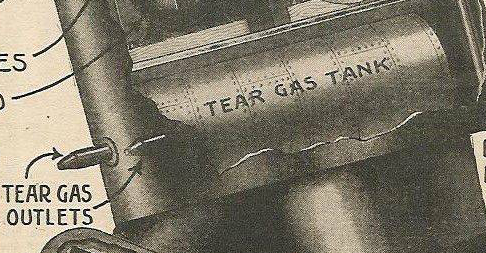
Tear Gas Tank and Outlets
The arms are provided with rotating discs which carry lead balls on flexible leads. These act as police clubs in action.

Rotating discs which carry lead balls on flexible leads.
For night attack the Automaton is provided with eye-lights and the loud speaker is used to shout orders to the mob which orders can be given direct from the radio control car. Inasmuch as this car is always in the rear of the Automata it can watch their movements and direct them as necessitated by circumstances.

Eye Lights, Loud Speaker, and ‘Telegraphone’
As a close hand-to-hand lighting machine the Radio- Automata have no equal. Bullets do not affect them and if equipped with a twenty to forty H.P. engine, they will be well nigh irresistible. They probably have no superior for fighting mobs or for war purposes.

The Radio Police Automation – Run for your lives!


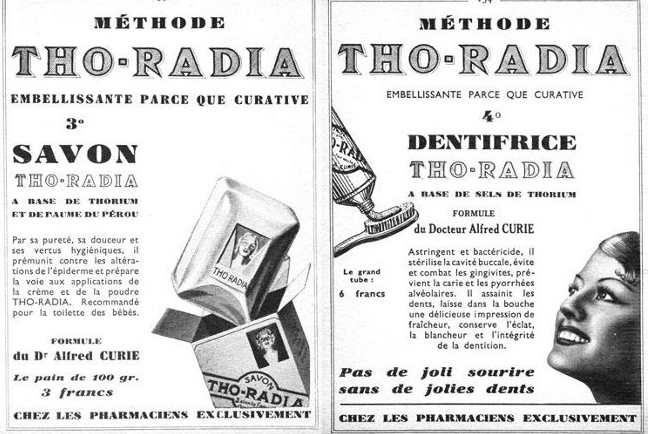











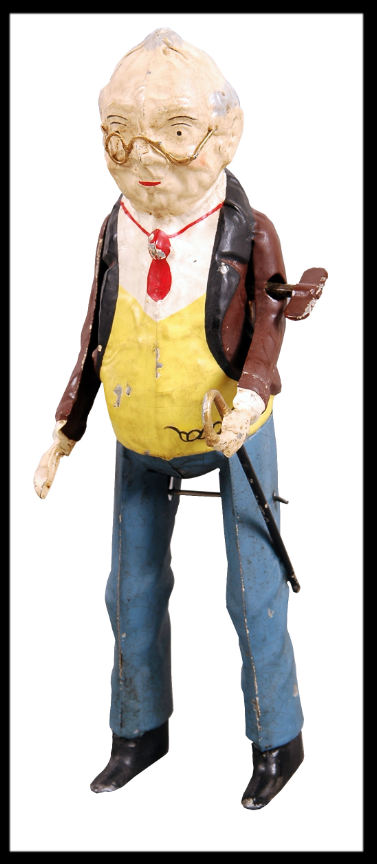








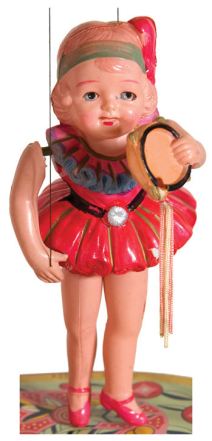



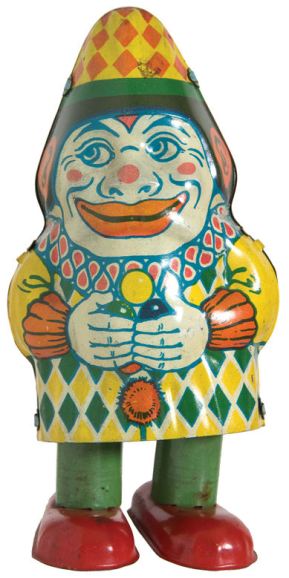






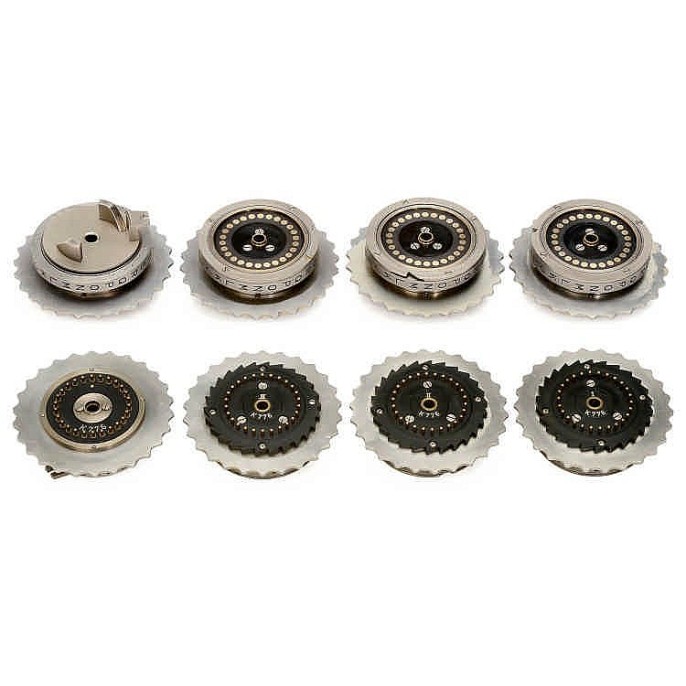





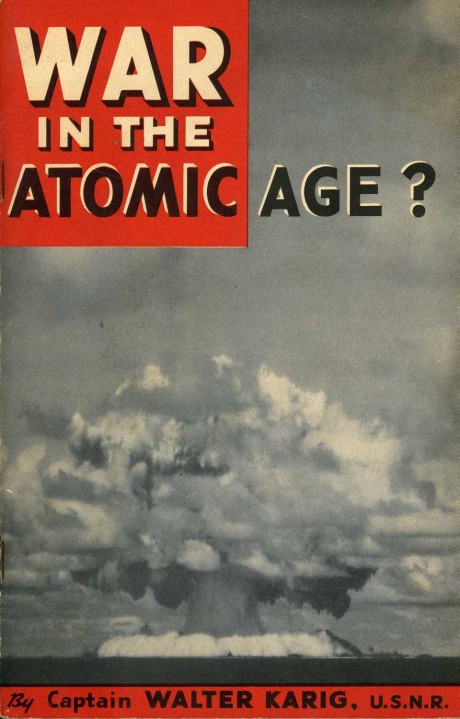







![1917 - Hellish [?] Furnace](https://atomicscout.files.wordpress.com/2015/03/1917wolverinestoves-460x685.jpg?w=687)




